NEW D-Class Mono Bass Amplifier 1000 WRMS at 1Ω with 4 AWG power/ground terminals and new optional remote bass knob
Class D amplifiers are also called “switching amplifiers”, since their efficiencies are arrived at by rapid on and off switching of the output transistors. Audison Class D uses a much higher switching frequency than most other amplifiers. You might think the switching frequency for all Class D amps are the same, but Class D chipsets allow significant latitude in many design aspects, such as switching frequency and timing. Most companies use as low a switching frequency as possible – this makes the timing easier to manage, and allows the use of lower-precision components which cost less. ACD uses a switching frequency twice as fast as many other modern Class D amplifiers. Higher switching frequencies require incredibly precise timing, which require higher-tolerance components to be used in order to keep the timing pulses from overlapping (that causes catastrophic failure of the output transistor). Audison uses very high-tolerance component parts to keep the timing correct even during temperature extremes (temperature changes shift the values of analog components). To Audison, this is worth the cost, since the higher switching frequency of Audison Class D moves noise much farther away from the audible band.
Audison Class D also uses a steeper 4th-order analog lowpass filter, rather than the simpler 2nd-order lowpass filters usually used in competing designs. The steeper filter will keep noise much lower in amplitude – which is good for controlling EMI and for preventing infrasonic noise getting to the tweeters. It also keeps phase shift outside the audible range. The cost is higher – twice as many components are needed for a 4th order filter compared to the usual 2nd-order filter, and each output channel needs its own filter – but Audison determined through exhaustive listening testing that this design was the best-sounding approach.


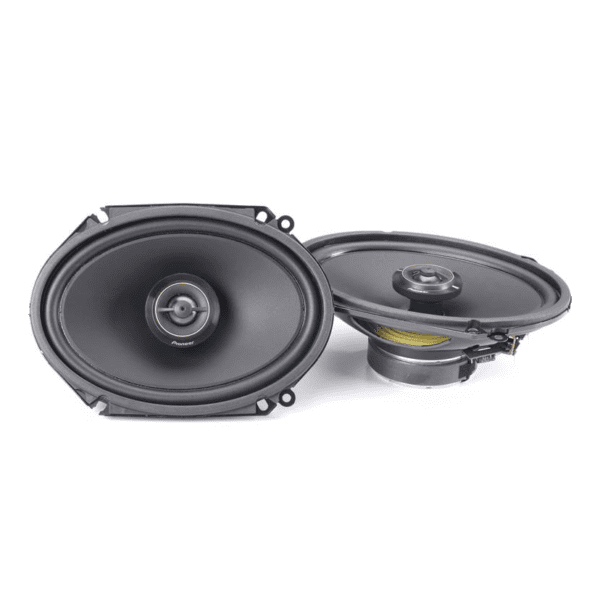

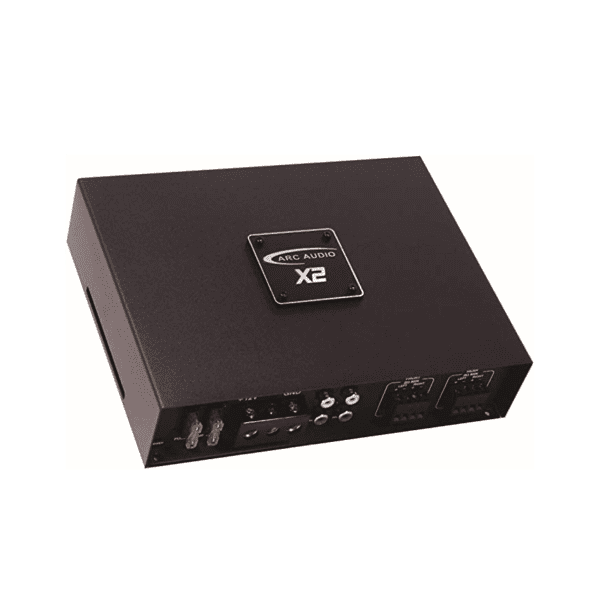

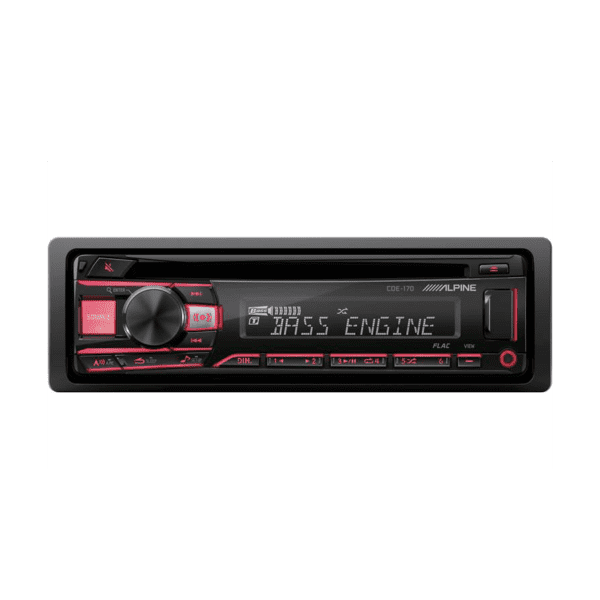

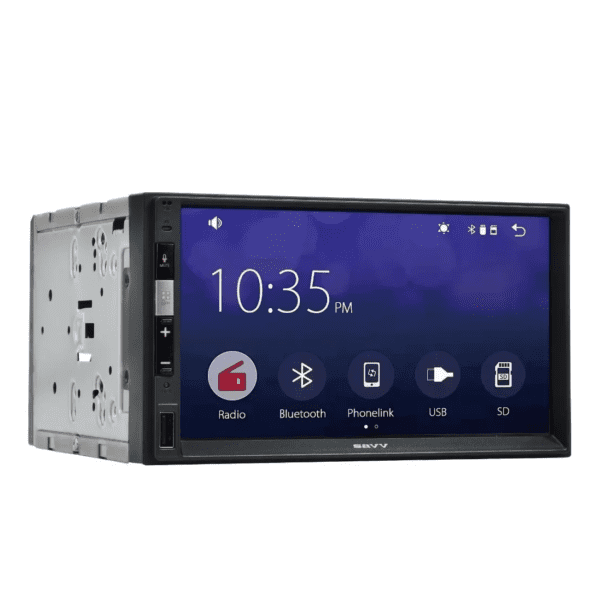
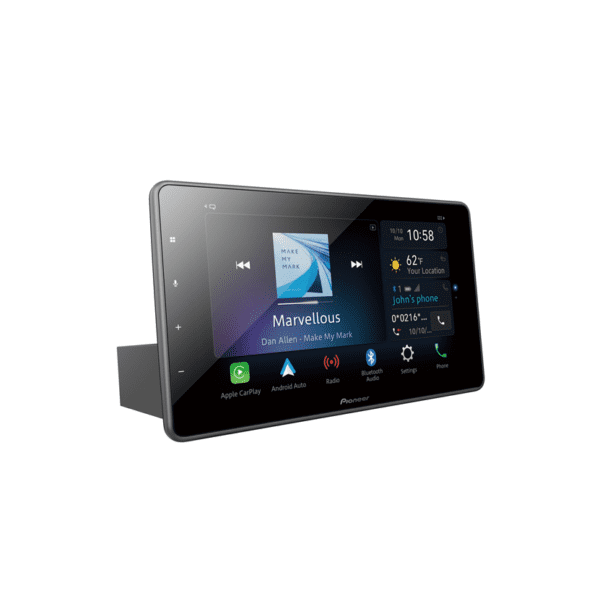
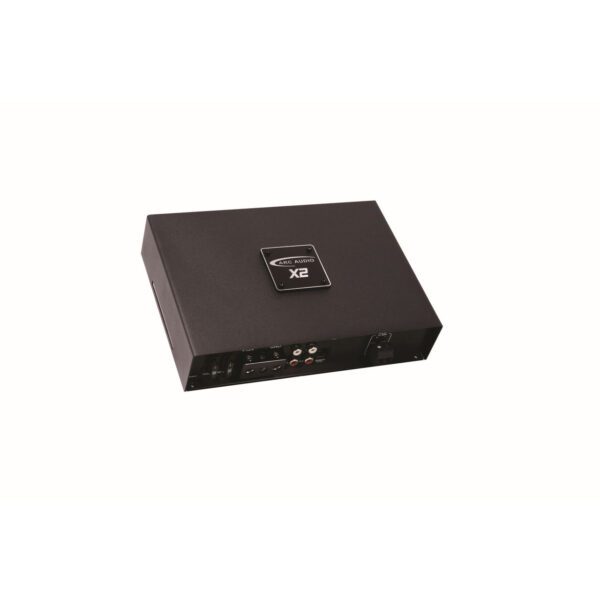
Reviews
There are no reviews yet.